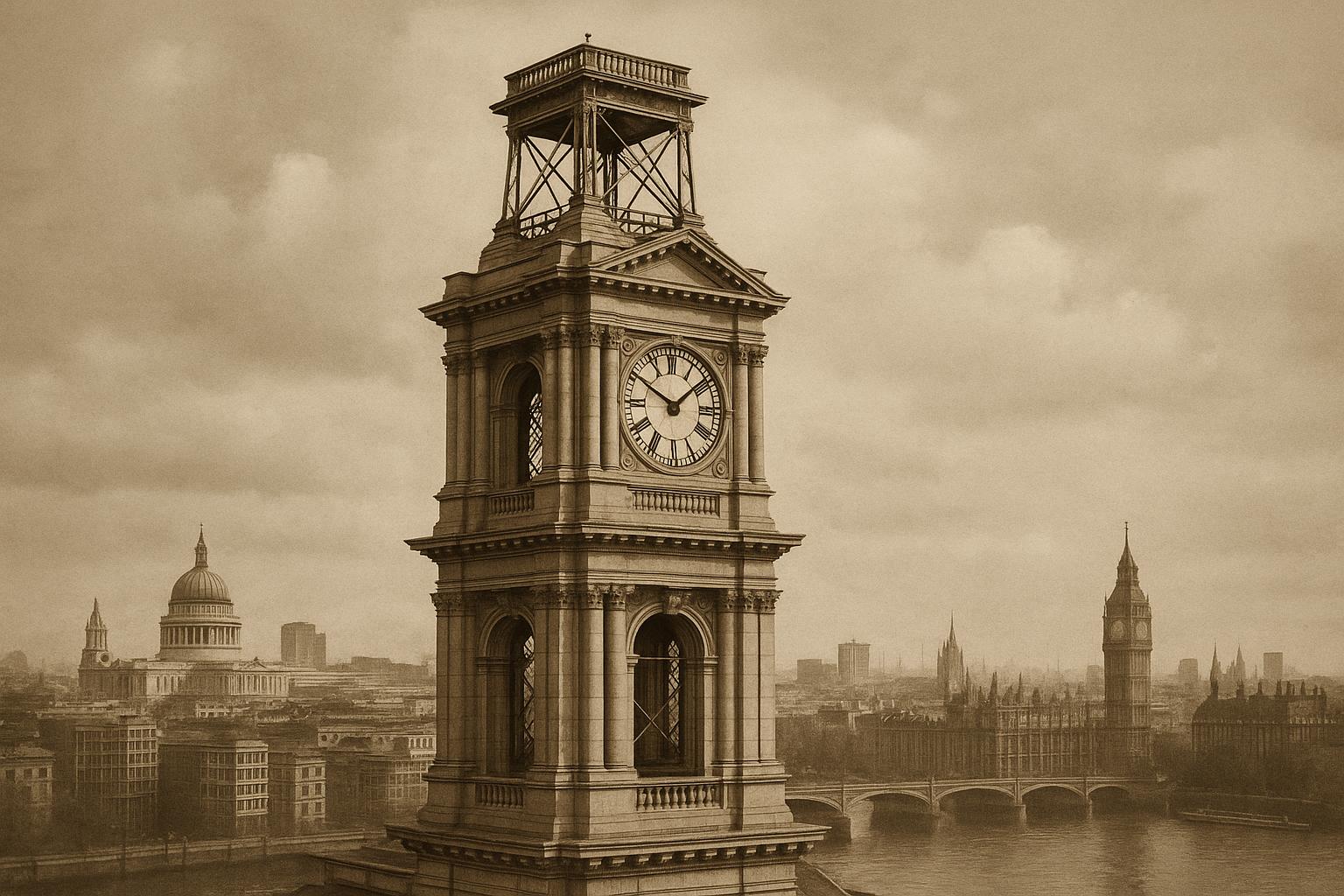The Institution of Civil Engineers (ICE) has called 1 Great George Street in central London its home for over a century, with the building standing as a monumental testament to both architectural innovation and the significance of civil engineering. Completed in 1913, this neoclassical landmark, designed by Scottish architect James Miller, not only symbolises the prestige of the institution but also showcases early use of steel-frame construction technology in Britain.
The building’s design drew inspiration from the skyscrapers of New York, particularly in its steel-framed structure, which allowed for grand, open interior spaces and large windows, bathing the rooms in natural light. This approach was facilitated by changes in building regulations in 1909, which permitted the widespread use of steel framing without relying on load-bearing external walls, marking a significant advancement in construction techniques of the period. The general contractor for the project was Mowlem, with the steelwork carried out by Dawnays of Battersea, further reflecting the careful selection of expert firms in realising this ambitious design.
Externally, the building features a Portland stone façade typical of monumental neoclassical architecture. Inside, the rich decoration includes oak-lined council chambers, walnut-panelled reading rooms, and a lecture theatre named after Thomas Telford, ICE’s first president. The interiors boast intricate carved plaster ceilings, French walnut panelling, and elaborate crystal chandeliers, underscoring the blend of traditional craftsmanship and structural innovation. A highlight is the Great Hall, accessed by a grand staircase, adorned with a painting by Charles Sims commemorating World War I, adding historical and cultural depth to the space.
Over the decades, the building has been meticulously maintained and updated, ensuring it meets modern needs while preserving its heritage. In the 1930s, the ICE expanded its headquarters by acquiring adjoining houses to create the current extensive complex. A significant modernisation between 1987 and 1991 added new facilities, including a theatre and additional rooms, reflecting the institution’s evolving role and its status as a vibrant membership organisation. This blend of tradition and innovation continues to define the building’s presence in Westminster.
The ICE’s journey to this landmark address began humbly, with members initially meeting in London coffee houses and rented rooms around Charing Cross. Prior headquarters were also leased near the Houses of Parliament and in buildings later demolished to make way for government expansion, showing the institution’s growth and increasing prestige. The decision to commission a purpose-built headquarters came after ICE members’ visits to New York and discussions with counterparts at the American Society of Civil Engineers, highlighting a transatlantic exchange of ideas that influenced the building’s design.
Today, One Great George Street remains a Grade II listed building, a protected piece of architectural and engineering heritage. It continues to serve as a hub for engineers worldwide, reinforcing the dual legacy of the institution: championing the advancement of civil engineering while preserving the grandeur and history of its physical home.
📌 Reference Map:
- Paragraph 1 – [1], [3], [6], [7]
- Paragraph 2 – [1], [2], [5]
- Paragraph 3 – [1], [4], [6]
- Paragraph 4 – [1], [2], [4]
- Paragraph 5 – [1], [2]
Source: Noah Wire Services
